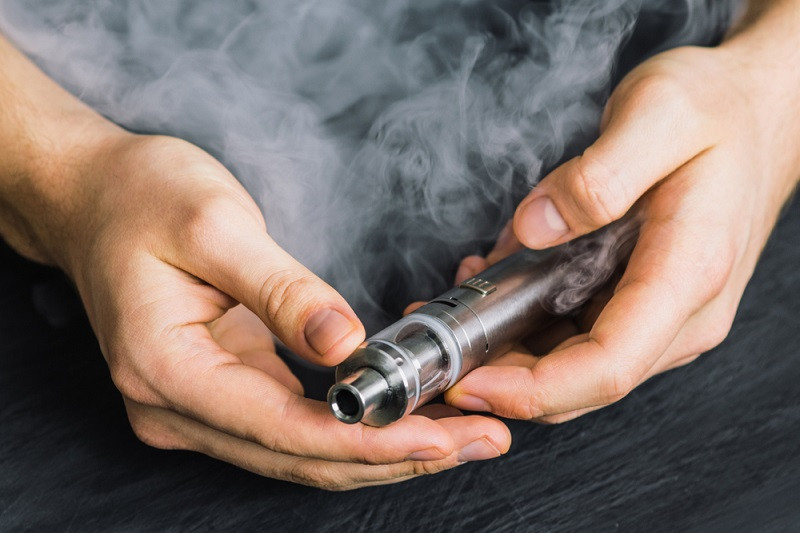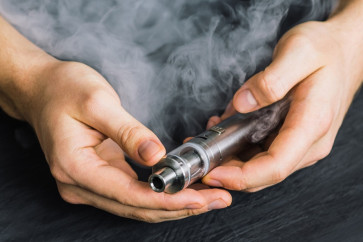Popular Reads
Top Results
Can't find what you're looking for?
View all search resultsPopular Reads
Top Results
Can't find what you're looking for?
View all search resultsThe pros and cons of tobacco harm reduction
As with many solutions to global issues, tobacco harm reduction has both pros and cons that must be weighed through rigorous research and effective regulation to maximize the benefits while minimizing the risks.
Change text size
Gift Premium Articles
to Anyone
 Electronic cigarettes, also called e-cigarettes and better known as vape, has increased in popularity in recent years, but the product marketed as an alternative to cigarettes has been continuously dogged by concerns over its potential for introducing nonsmokers to nicotine. (Shutterstock/Lifestyle discover)
Electronic cigarettes, also called e-cigarettes and better known as vape, has increased in popularity in recent years, but the product marketed as an alternative to cigarettes has been continuously dogged by concerns over its potential for introducing nonsmokers to nicotine. (Shutterstock/Lifestyle discover)
T
obacco harm reduction (THR) is a contentious approach aimed at mitigating the adverse health effects associated with tobacco use, particularly by transitioning smokers to less harmful alternatives. This strategy has gained significant attention as a potential means to address the global tobacco epidemic, which claims 6 million lives every year.
THR has particular relevance for low- and middle-income countries (LMICs) including Indonesia, which has a major problem with smoking. There are currently 60-70 million smokers and an estimated 250,000 annual deaths linked to tobacco-related illnesses in Indonesia, representing a staggering 15 percent of all deaths in the country.
Given the magnitude of the problem and the recent enactment of revisions in the Health Law, THR should be considered a potentially helpful option to overcome Indonesia’s tobacco epidemic. The new Health Law states that tobacco products, including conventional cigarettes and electronic cigarettes (e-cigarettes), are to be regulated according to their health risk profile.
However, the THR concept brings forth a range of perspectives, both in favor of and against its implementation.
What are the pros of THR?
First, one of the primary advantages of tobacco harm reduction is the potential for reducing the health risks associated with smoking conventional cigarettes. By encouraging smokers to switch to reduced-risk alternatives such as e-cigarettes, heat-not-burn devices and “snus”, an oral smokeless tobacco product originating in Sweden, individuals are exposed to significantly fewer harmful chemicals and toxins, leading to a decrease in smoking-related diseases like lung cancer, cardiovascular diseases, chronic obstructive pulmonary disease and diabetes.
Second, THR can make a huge impact on public health beyond the health of individuals, as it has the potential to significantly reduce the prevalence of smoking. Overall smoking rates may decline as smokers transition to less harmful alternatives, which can lead to decreased secondhand and thirdhand smoke exposure for nonsmokers and reduced strain on already fragile healthcare systems in LMICs, especially in the post-pandemic era.


















